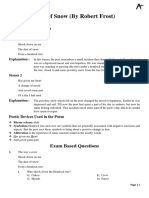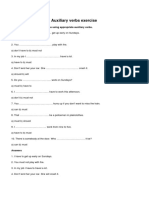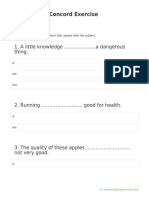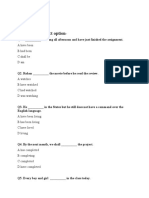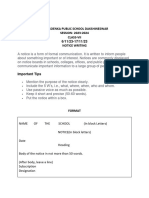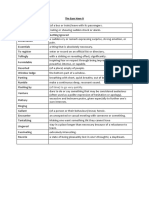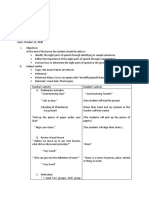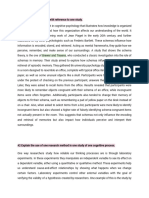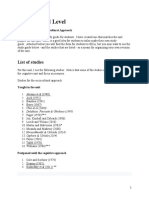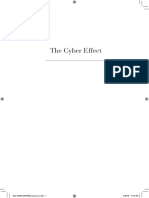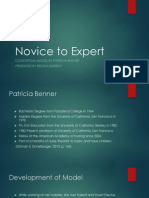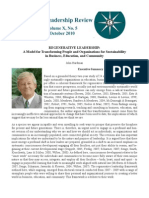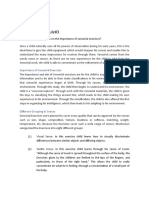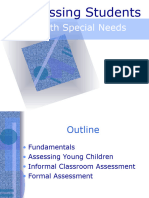100% found this document useful (1 vote)
8K views2 pagesFINITE AND NON-finite Verbs
The document discusses finite and non-finite verbs. Finite verbs show tense and change based on the subject's person, number and gender. Non-finite verbs do not show tense and do not change based on the subject. There are three types of non-finite verbs: infinitives, gerunds and present participles. Infinitives use "to" and don't change. Gerunds end in "-ing" and function as nouns. Present participles also end in "-ing" but function as adjectives. The difference between gerunds and present participles is that gerunds act as nouns while present participles act as adjectives.
Uploaded by
Bhavika KaraniCopyright
© © All Rights Reserved
We take content rights seriously. If you suspect this is your content, claim it here.
Available Formats
Download as PDF, TXT or read online on Scribd
100% found this document useful (1 vote)
8K views2 pagesFINITE AND NON-finite Verbs
The document discusses finite and non-finite verbs. Finite verbs show tense and change based on the subject's person, number and gender. Non-finite verbs do not show tense and do not change based on the subject. There are three types of non-finite verbs: infinitives, gerunds and present participles. Infinitives use "to" and don't change. Gerunds end in "-ing" and function as nouns. Present participles also end in "-ing" but function as adjectives. The difference between gerunds and present participles is that gerunds act as nouns while present participles act as adjectives.
Uploaded by
Bhavika KaraniCopyright
© © All Rights Reserved
We take content rights seriously. If you suspect this is your content, claim it here.
Available Formats
Download as PDF, TXT or read online on Scribd
/ 2





